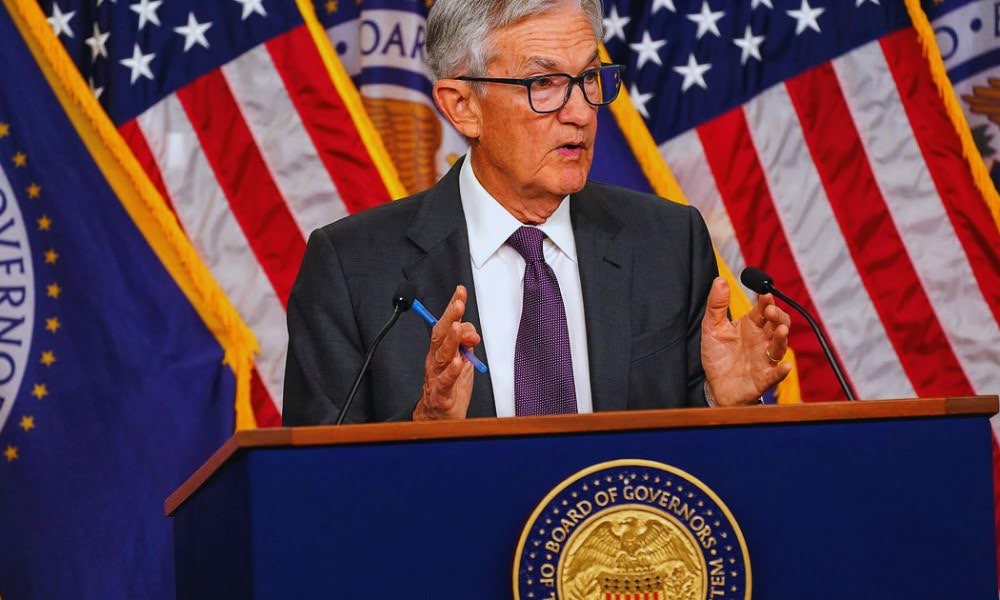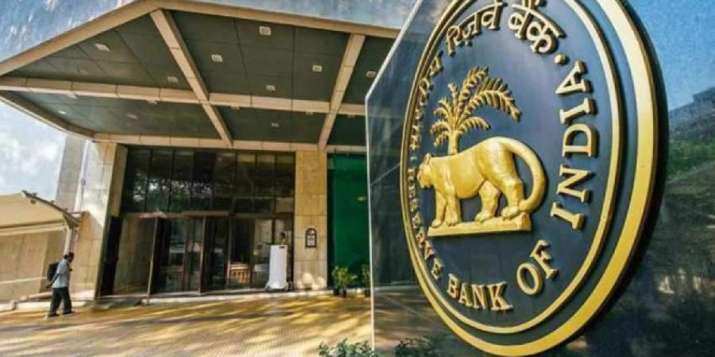Fed Faces Crossroads as Jerome Powell Cites Tariffs’ Twin Threat of Inflation and Slower Growth

Federal Reserve Chair Jerome Powell recently addressed the Economic Club of Chicago, focusing on the Trump administration’s tariffs and their potential economic repercussions.
He emphasized the Federal Reserve’s readiness to wait for clearer outcomes before altering interest rates, noting, “For the time being, we are well positioned to wait for greater clarity,” particularly regarding changes in immigration, taxation, regulation, and tariffs.
Quoting Ferris Bueller, Powell remarked, “Life moves pretty fast,” suggesting that the Fed must remain adaptable amid fast-evolving policy shifts.
He acknowledged the scale of the tariffs imposed by the Trump administration as “significantly larger than anticipated” and warned that while inflation caused by these tariffs might be short-lived, it “could also be more persistent.”
Potential Trade-Off Between Inflation and Growth
Powell warned of a dual threat: rising inflation alongside slower economic growth. “The same is likely to be true of the economic effects, which will include higher inflation and slower growth,” he said.
The Federal Reserve may face a difficult balancing act if both inflation and unemployment increase, having to choose between maintaining higher rates to curb inflation or lowering them to encourage hiring and growth.
According to the Associated Press, Powell noted that tariffs could pressure the Fed’s dual mandate from Congress: ensuring maximum employment and price stability.
Will the Fed Cut Rates Again?
The question of whether the Fed will cut rates remains open. Although President Trump initially announced tariffs in April and then paused most of them, markets are now speculating on possible Fed action.
Analysts suggest that unless there is a significant disruption in Treasury markets or a sharp downturn in the economy, the Fed may remain cautious.
Powell’s latest speech has drawn attention globally, with market analysts and investors closely monitoring for clues about future rate changes, economic projections, and inflation trends.
White House Eyes Fed Leadership Change
Adding to the pressure, U.S. Treasury Secretary Scott Bessent announced that the White House will begin reviewing candidates for Powell’s role, whose term ends in May 2026.
Trump, favoring lower interest rates, has indirectly increased expectations on Powell, especially as inflation indicators have recently declined.
April CPI data showed a downward trend, reinforcing expectations of rate cuts possibly starting in September.
Market sentiment continues to be influenced by the Fed’s policy stance, with borrowing costs still weighing on growth and stock valuations.
Fed’s Balancing Act on Policy Response
However, as noted by XS.com Market Analyst Linh Tran, “These macroeconomic positives may not be sufficient to offset the rising risks from policy and geopolitical fronts.”
While Trump pushes for lower rates, Powell and many Fed officials believe it’s not the right time to cut. Signs of economic slowdown are appearing, particularly in the labor market, but the Fed remains cautious.
Economic projections from the Fed’s March meeting suggest two rate cuts in 2025. The announcement of new tariffs by Trump has only increased fears of a U.S. recession, which could require further or more aggressive cuts.
Tariffs Trigger Market Reactions and Economic Concerns
Powell delivered his remarks at the same venue where Trump previously spoke about tariffs and the Fed.
As the U.S. initiates a new wave of tariffs, particularly in the trade conflict with China, global markets are responding with caution. A 90-day suspension on tariffs affecting over 75 countries has not eased recession fears.
Powell’s comments today are expected to shed more light on how these developments could affect interest rate directions in the months ahead.
Live Market Reactions and Powell’s Defense of Fed Independence
Markets turned sluggish following Powell’s remarks, halting a recent rebound. “The S&P 500 remains caught between hopes for monetary easing and risks stemming from trade and technology policies,” Tran said.
Powell made clear there is no so-called “Fed put,” a market belief that the Fed will intervene to support falling markets. “Markets are functioning…They’re orderly,” Powell stated.
Powell also reaffirmed the Fed’s independence, earning applause for asserting that monetary policy will be guided by economic data, not political influence.
Tariffs May Complicate Fed’s Goals
Despite a solid start to the year in employment and inflation progress, Powell said tariffs have disrupted economic forecasts.
“We would consider how far the economy is from each goal, and the potentially different time horizons over which those respective gaps would be anticipated to close,” he added.
While inflation expectations for the short term have risen due to tariffs, long-term expectations remain in line with the Fed’s targets.
The labor market remains near full employment, but Powell warned that a simultaneous rise in inflation and unemployment could pose a challenge to monetary policy decisions.








